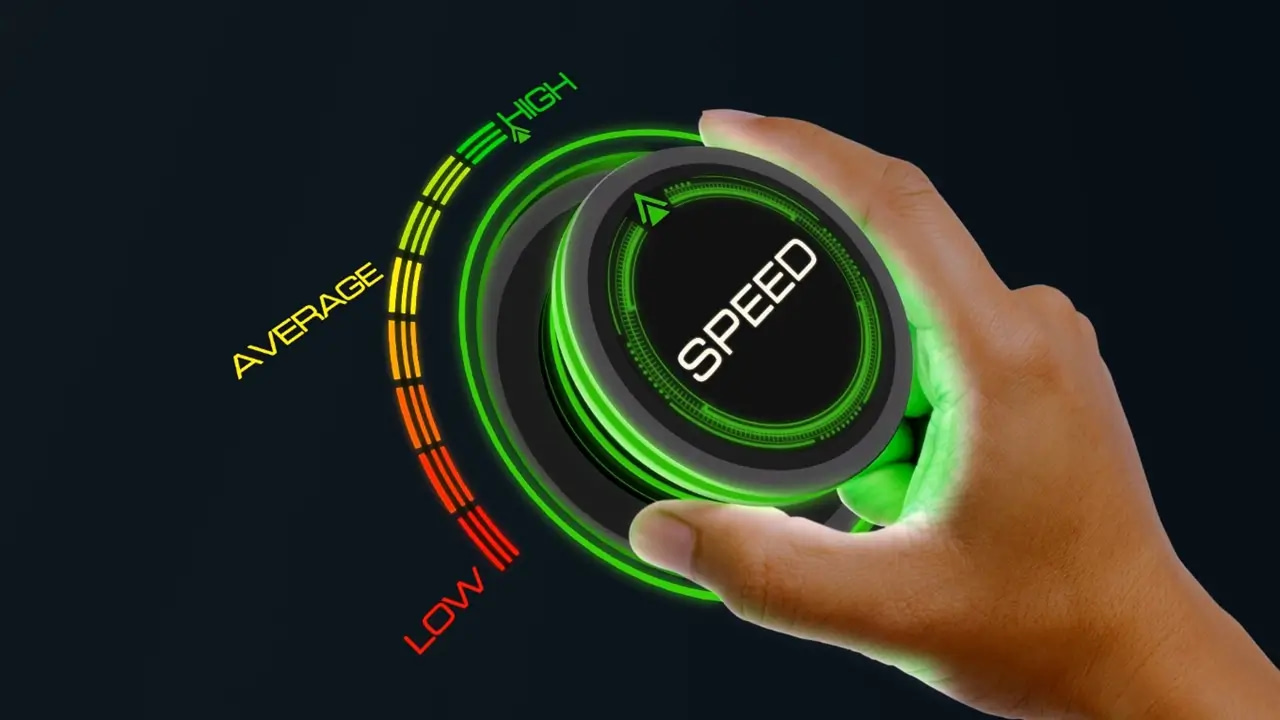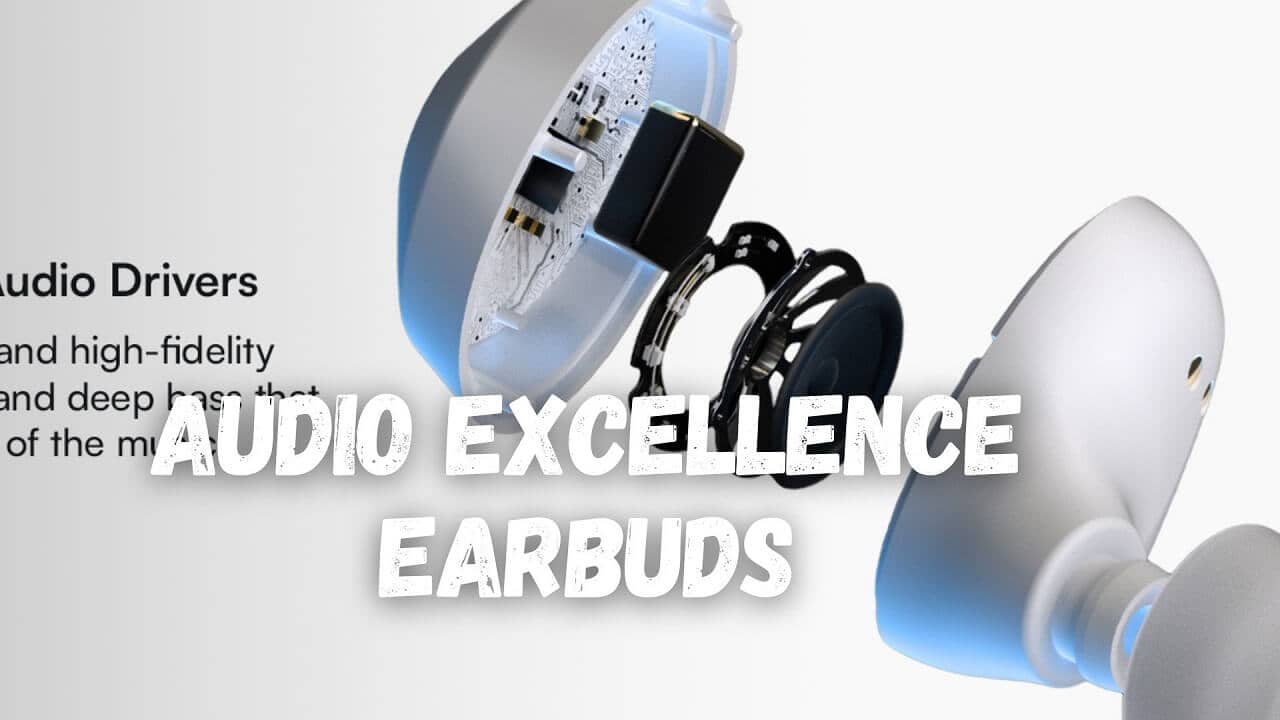Building high-quality backlinks is essential for improving your website’s authority and search engine rankings. Let’s explore some effective strategies to create free high authority backlinks:

Become a Source for Reporters and Bloggers:
- Register on platforms like Help a B2B Writer and Featured.com. These connect you with journalists and bloggers seeking sources.
- Keep an eye out for relevant requests and provide valuable insights or quotes.
- Example: If a journalist asks about the difference between graphic design and web design, offer a brief and informative response.
Publish “Skyscraper” Content:
- Identify existing content in your industry that has performed well in terms of backlinks.
- Create even better content on the same topic. Add more depth, research, and value.
- Reach out to websites that linked to the original content and let them know about your improved version.
- Example: If there’s a popular list of SEO tools, create an updated and comprehensive list with additional insights.
Find and Replace Broken Links:
- Locate broken links on relevant webpages within your niche.
- Offer your content as a replacement for those broken links.
- Use tools like Dead Link Checker to identify 404 links.
Guest Blogging:
- Write guest posts for authoritative websites in your field.
- Include a link back to your site within the content.
- Guest blogging helps you tap into their audience and gain quality backlinks.
Self-Promotion:
- Share your content on social media, forums, and relevant communities.
- Engage with others and encourage them to check out your content.
- Sometimes, a little self-promotion goes a long way.
Expert Interviews:
- Participate in interviews or podcasts related to your expertise.
- When these interviews are published, they often include backlinks to your website.
Use Visual Content:
- Create charts, infographics, or visual guides related to your niche.
- Share them on platforms like Pinterest, where they can attract backlinks.
Remember, consistency and persistence are key. Building backlinks takes time, but the effort pays off in improved search visibility and authority. 🚀
For more details, you can explore resources like this article by Brian Dean. Happy link-building! 😊
Explain more about anchor text optimization?
Anchor Text Optimization:
What is Anchor Text?
Anchor text is the clickable text within a hyperlink. It provides context about the linked page to search engines.
Types of Anchor Text:
- Exact Match: Uses the target keyword as the anchor text (e.g., “best skincare products”).
- Partial Match: Includes variations of the keyword (e.g., “top-rated skincare items”).
- Branded: Uses your brand name (e.g., “Acme Skincare”).
- Naked URL: Displays the full URL (e.g., “https://www.acmeskincare.com”).
- Generic: Generic phrases like “click here” or “read more.”
Best Practices for Anchor Text:
- Diversity: Use a mix of anchor types to appear natural.
- Relevance: Ensure the anchor relates to the linked content.
- Context: Place the anchor in relevant sentences.
- Avoid Over-Optimization: Too many exact match anchors can raise red flags.
- User Experience: Prioritize readability and user experience.
Example: If you’re linking to a blog post about stress relief, use an anchor like “effective stress management techniques.”
What are some common backlink mistakes to avoid?
Common Backlink Mistakes to Avoid:
- Low-Quality Links: Avoid links from spammy or irrelevant sites.
- Paid Links: Google penalizes paid links that manipulate rankings.
- Over-Optimization: Don’t excessively use exact match anchors.
- Ignoring Nofollow Links: Nofollow links don’t pass PageRank but still have value.
- Link Farms: Steer clear of link exchange networks.
- Ignoring Internal Links: Internal links improve site structure.
- Broken Links: Regularly check for broken outbound links.
- Ignoring Local Backlinks: Local citations matter for local SEO.
- Not Monitoring Backlink Profile: Use tools to track your backlinks.
Remember, quality matters more than quantity. Focus on earning natural, relevant backlinks, and avoid shortcuts that could harm your site’s reputation. 🌟
Recommend any tools for backlink analysis?
Backlink Analysis Tools:
- Ahrefs Backlink Checker: A powerful tool with a massive index of live backlinks. It provides detailed insights into your link profile, including referring domains, domain rating, and organic traffic estimates.
- Semrush: Offers comprehensive backlink analysis, keyword research, and competitor insights.
- Moz Link Explorer: Includes a “Link Intersect” feature to find link opportunities.
- Linkody: Helps detect spammy links and monitor backlink profiles.
- Ubersuggest: Not only analyzes backlinks but also provides content ideas.
- Majestic SEO: Known for its unique Flow Metric™ and extensive backlink index.
- GrowthBar: A browser extension for quick link insights.
- SEO SpyGlass: Identifies high-risk backlinks.
How to recover from a Google penalty due to bad backlinks?
Recovering from Google Penalties:
Understand the Penalty: Identify whether it’s algorithmic or manual. Check Google Search Console for manual actions.
Address the Issues:
- Remove Bad Backlinks: Disavow or request removal of toxic links.
- Fix On-Page Issues: Address keyword stuffing, duplicate content, or other violations.
- Improve Content: Focus on quality, relevance, and user experience.
Submit a Reconsideration Request:
- Explain the steps you’ve taken to rectify the issue.
- Be patient; recovery can take 10-30 days.
Monitor Backlinks: Tools like Surfer SEO help track progress.
Remember, recovery is possible, even if it feels like a red card in a soccer game. 🌟
How to disavow bad backlinks using Google’s Disavow Tool?
Disavowing Bad Backlinks using Google’s Disavow Tool:
Step 1: Ensure your site is registered in Google Search Console.
Step 2: Visit the Disavow Tool and select your domain.
Step 3: Create a text file (e.g., using Google Docs) listing the domains or URLs you want to disavow.
Step 4: Upload the file to the Disavow Tool and confirm the changes.
Step 5: Monitor your backlink profile and adjust as needed.
What are some common on-page SEO mistakes to avoid?
Common On-Page SEO Mistakes to Avoid:
- Under-Optimized Meta Tags: Craft compelling meta titles and descriptions.
- Duplicate Content: Identify and handle duplicate pages effectively.
- Poor Keyword Research: Research and target relevant keywords.
- Ignoring Mobile Optimization: Ensure your site is mobile-friendly.
- Lack of Image Optimization: Optimize images for faster loading.
- Improper URL Structure: Use descriptive, user-friendly URLs.
- Overusing Keywords: Maintain a natural keyword density.
- Ignoring Internal and External Links: Use them strategically.
- Not Having an SEO Strategy: Plan and execute a solid strategy.
Remember, avoiding these mistakes can significantly improve your site’s visibility and rankings! 🌟
How to improve your site’s loading speed?
Improving Site Loading Speed:
- Choose a Performance-Optimized Hosting Solution: Ensure your hosting provider offers fast servers and reliable performance.
- Compress and Optimize Images: Use tools to reduce image file sizes without compromising quality.
- Reduce Redirects: Minimize unnecessary redirects to improve loading times.
- Cache Web Pages: Implement browser caching to store static resources locally.
- Optimize CSS and JavaScript: Minify and combine files, and use asynchronous loading.
- Optimize URLs: Keep them concise and descriptive.
- Add Internal and External Links: Enhance user experience and SEO.
- Focus on Page Experience: Prioritize mobile-friendliness, safe browsing, and HTTPS.
- Enable User Comments: Engage users and add fresh content.
What are some advanced on-page SEO techniques?
Advanced On-Page SEO Techniques:
- Topical Authority: Create comprehensive content that thoroughly answers search queries.
- Click-Worthy Titles: Craft enticing titles to boost click-through rates.
- Keyword Placement: Include primary keywords in the first 100 words.
- Optimize Permalinks: Create clean, keyword-rich URLs.
- Proper Heading Tags: Use H1, H2, and H3 tags to structure content.
- Keyword Density: Maintain a natural balance of keywords.
- Meta Tags: Optimize meta titles and descriptions.
- Structured Data: Implement schema markup for rich snippets.
- User Comments: Encourage user-generated content.
- Content Freshness: Regularly update and refresh your content.
Remember, a fast-loading site and effective on-page SEO contribute to better user experience and search rankings! 🚀🔍
How to track your backlink profile over time?
Tracking Backlink Profile Over Time:
- To monitor changes in your backlink profile, consider using comprehensive SEO tools like Ahrefs, Moz, SEMrush, and Google’s Search Console.
- These tools provide insights into backlink dynamics, including acquisition, loss, and quality assessment.
- Regularly review your backlinks to stay informed and adapt your strategy.
What’s the role of user experience in SEO?
Role of User Experience (UX) in SEO:
- Positive UX is crucial for search engine rankings.
- When users have a good experience on your site, they stay longer, explore more pages, and engage with content.
- Prioritize usability, intuitive design, and cohesive visual elements to enhance UX and boost SEO.
Remember, a well-tracked backlink profile and excellent UX contribute to overall website success! 🚀🔍
How to improve your site’s bounce rate?
Improving Bounce Rate:
- Optimize Page Load Speed: People expect fast-loading pages. Aim for quick load times to keep visitors engaged.
- Mobile-Friendly Design: Over half of web traffic comes from mobile devices. Ensure your site works seamlessly on all screens.
- Create High-Quality Content: Relevant, valuable content encourages users to stay and explore further.
- Clear and Enticing Headlines: Grab attention with compelling headlines.
- Streamline Website Navigation: Make it easy for users to find what they’re looking for.
- Reduce Pop-Ups: Intrusive pop-ups can drive users away.
- Make CTAs Stand Out: Clear calls-to-action guide users toward desired actions.
What are some technical SEO aspects to focus on?
Technical SEO Aspects:
- Crawlability: Ensure search engines can access and navigate your site using proper directives (e.g., robots meta tags).
- Indexability: Make sure your pages are indexed by search engines.
- Mobile-Friendliness: Optimize for mobile devices.
- Site Architecture: Organize your site logically.
- URL Structure: Use descriptive, user-friendly URLs.
- Site Security (HTTPS): Secure your site.
- Site Speed: Fast-loading pages improve user experience.
- User Experience (UX): Prioritize usability and clarity.
Remember, a technically optimized site benefits both users and search engines! 🚀🔍



















